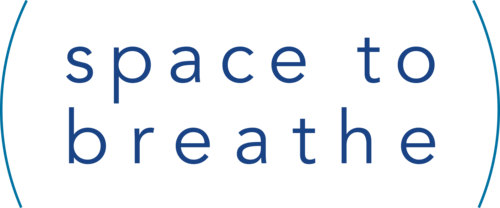This post continues our series on The Wellbeing Triangle. If you haven’t read the introduction, head back to this blog post to find out the idea behind this framework.
In many jobs, there’s the fun stuff and the not so fun stuff. What’s interesting about this though is that not everyone would agree which bits are which. Talking to a friend about his work recently, I became really animated when we started talking about the policies and structures that might serve his organisation better. I love that stuff! He doesn’t, and so our conversation was not a long one albeit an insight into both of our preferences!
Knowing and naming our strengths, passions, likes and preferences can be really good for our wellbeing. Only by knowing and naming them, can we be intentional about orientating our lives around them. Spending too much time doing tasks that are outside of our skill set can be immensely draining. Spending too little time doing the things that we love can be frustrating.
Our Wellbeing Triangle suggests that we need a good connection with our ‘self’ in order to live well, live fully and live deeply. This involves being aware of the things that make us tick as well as the things that make the clock go slow. The world, our workplaces, our families, need a variety of skills, talents and personalities. It’s important that we spend time noticing what it is that we have to bring to ‘the party’ and grow in confidence to bring it.
Increasing our connection with self involves valuing ourselves enough to give ourselves time alone to stop and reflect. This may be just be for a brief moment or for a longer period. The aim is always to grow in awareness of who we are, what brings us life and what positive contribution we can make in the world around us. The process should lead us to have a greater compassion for ourselves (none of us can do everything or be perfect all of the time) which we may also find creates greater compassion for others (more about that in the next blog post!). Connecting with self is never an event, but part of a process of learning and growing.
Here are 3 simple activities for you to try that aim to increase your connection with self:
If you have 5 minutes, spend some time ‘walking through your day’ in your mind so far. When did you feel most energised? When did you feel most drained? What was it about these situations that made you feel energised or drained?
When did you feel most connected to someone? When did you feel most unconnected? What was it about these situations that made you feel connected/disconnected?
If you have 10 minutes, look at a picture or painting and ask yourself these questions:
What do you notice at first glance?
Do you have a positive or negative reaction?
Look more closely at the detail. Notice the colours, the textures…
Which part can you appreciate?
Which part might you change?
What do you think the artist was thinking and feeling as they created it?
What aspect of life do you think it represents?
Is there anything of you or your life represented in the art?
If you have a bit longer, go to https://www.16personalities.com/free-personality-test and complete a Myers-Briggs personality test and then spend some time discovering what the strengths, benefits and pitfalls of your personality type might be.


